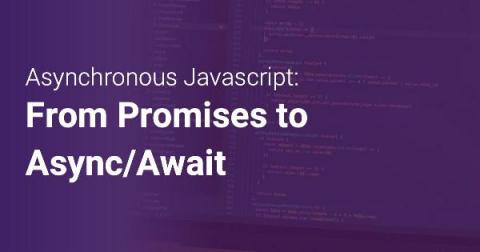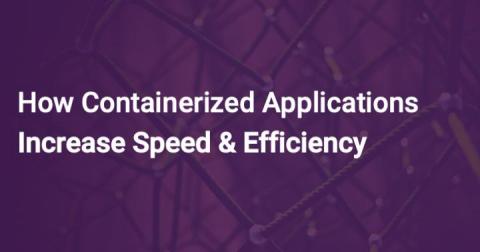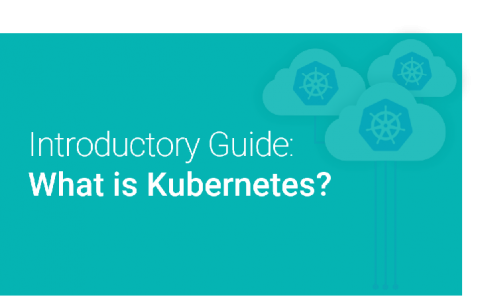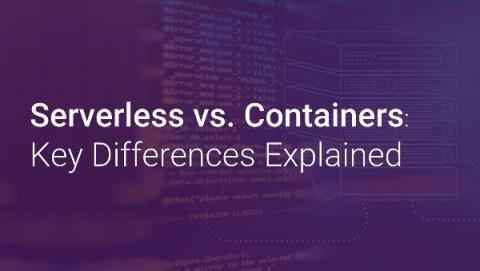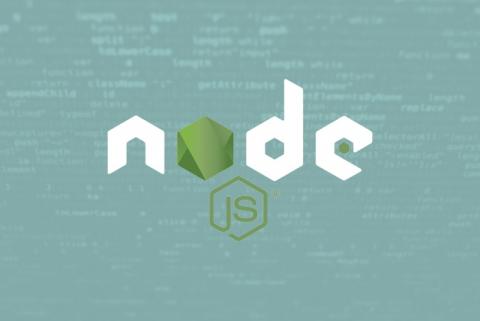Asynchronous Javascript: From Promises to Async/Await
Javascript is a funny language. It claims to be (and very much is) a single-threaded language (i.e., it executes statements in order, one at a time, one after another, in a synchronous fashion). Despite just having the one native thread to work with, it somehow allows you to write concurrent, asynchronous code that is non-blocking in nature.


